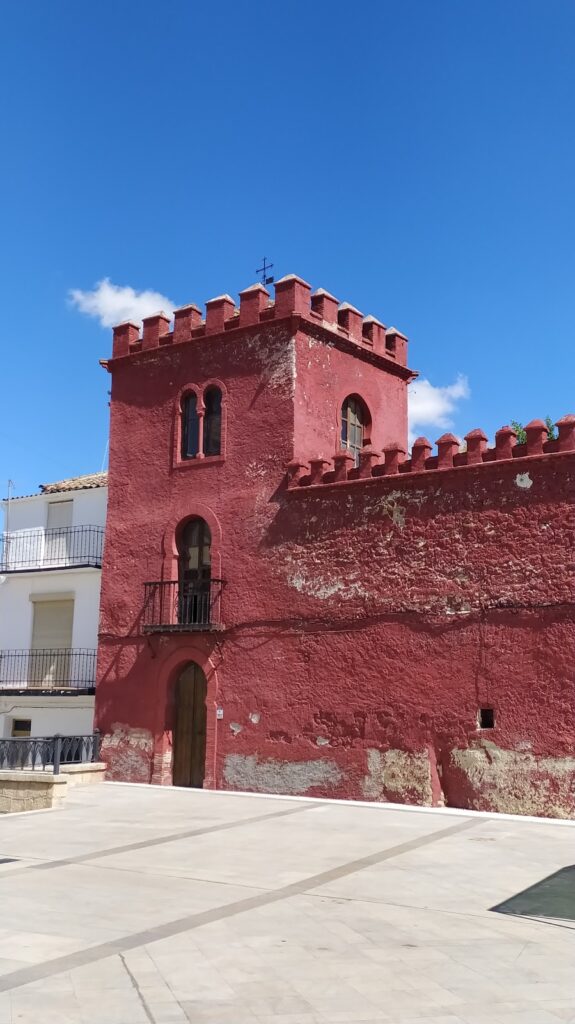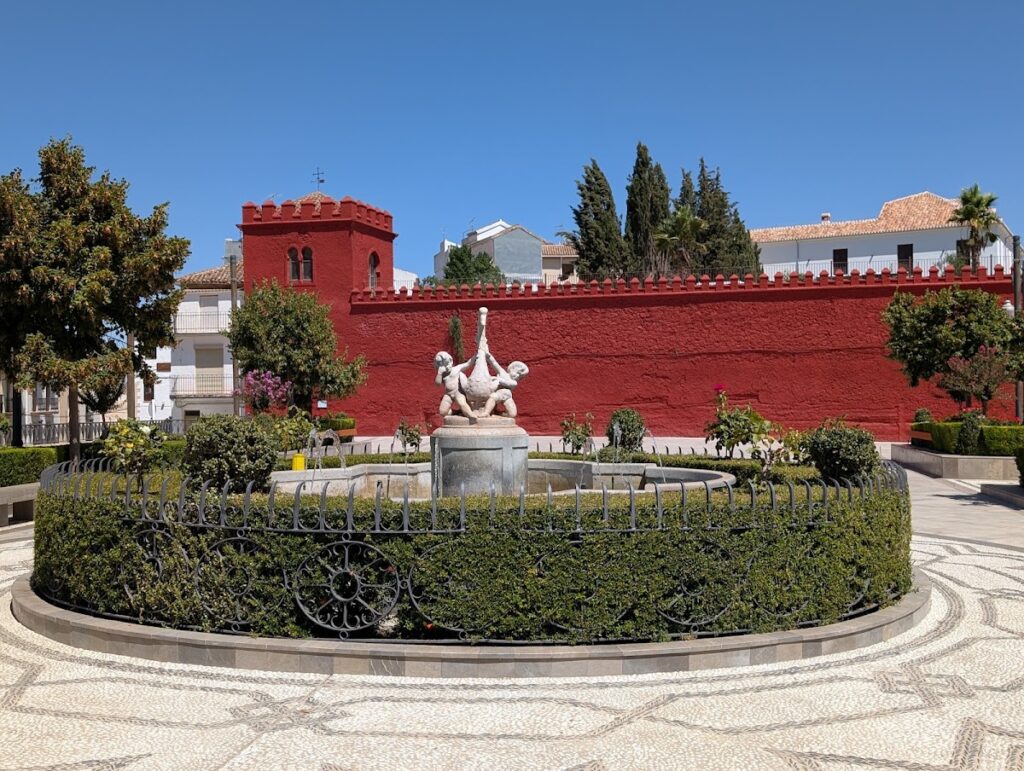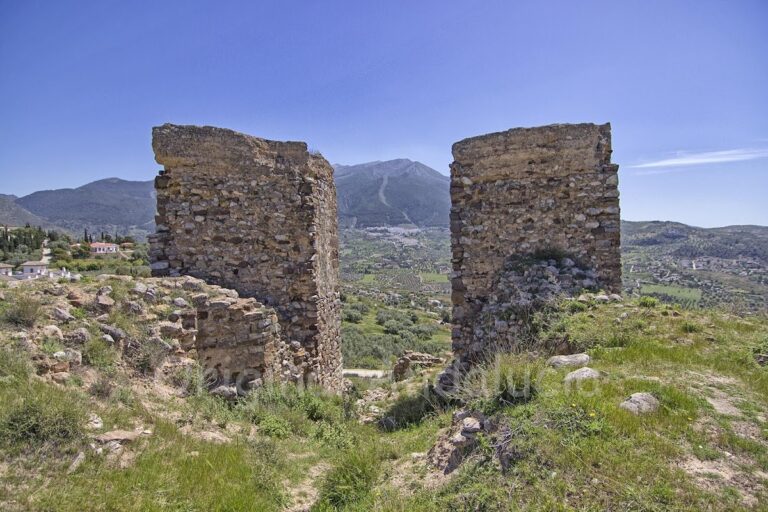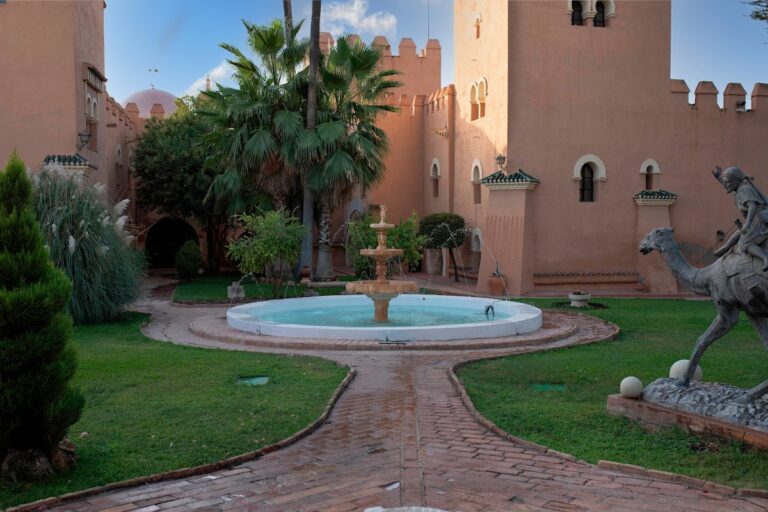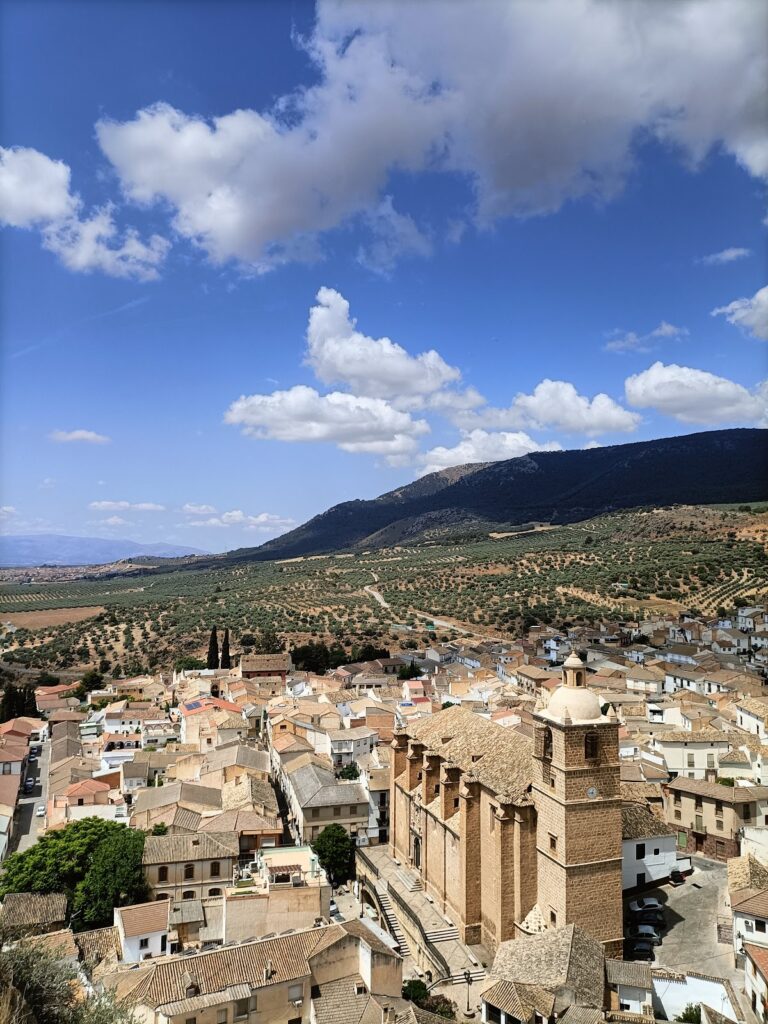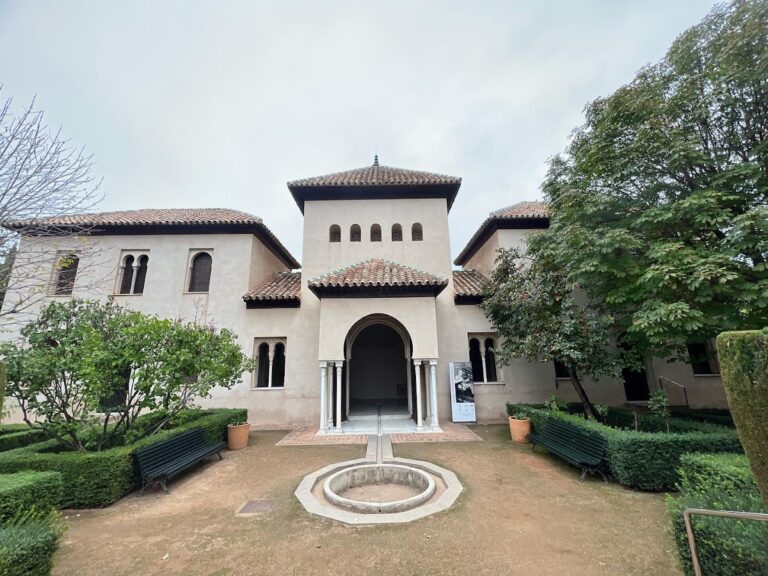Castillo de Alhama de Granada: A Historic Fortress in Spain
Visitor Information
Google Rating: 4.2
Popularity: Very Low
Google Maps: View on Google Maps
Country: Spain
Civilization: Unclassified
Remains: Military
History
The Castillo de Alhama de Granada is situated in the town of Alhama de Granada, Spain. This fortress was originally constructed by the Arabs during the period of Islamic presence on the Iberian Peninsula. Its name, “Alcazaba,” derives from the Arabic word for a fortified enclosure, reflecting its military purpose and Islamic origins.
During the late medieval period, the fortress took on critical strategic importance amid the prolonged conflict known as the Reconquista, the process by which the Christian kingdoms of Spain sought to reclaim territories under Muslim control. The castle was a crucial bastion for the Moors defending the Kingdom of Granada from the encroaching forces of the Catholic Monarchs, Ferdinand and Isabella. In February 1482, the fortress fell definitively to Christian hands following a surprise assault led by Rodrigo Ponce de León, a prominent noble and military leader fighting for the Catholic Monarchs. This event marked a turning point by halting Moorish attempts to regain control of Alhama, especially after the subsequent fall of Granada’s renowned Alhambra palace.
While the site’s name hints at Roman origins, its primary historical significance predominately comes from its use as a Muslim military stronghold and later a contested medieval fortress. The castle’s role during the final phases of the Reconquista made it a key factor in the eventual Christian conquest of Granada. Today, the site is protected under Spanish historical heritage legislation enacted in the mid-20th century and reinforced by laws passed in 1985, ensuring its preservation as a cultural monument.
Remains
The original layout of the Castillo de Alhama de Granada is now mostly understood through the arrangement of the surrounding streets in the urban center, as modern development has obscured nearly all visible remains of the fortress’s structure. Despite this transformation, a significant architectural fragment survives: a tower located at the northwest corner of the former enclosure.
This tower, measuring about 8.5 meters in length and similar in height, was built using ashlar masonry—blocks of stone carefully cut and fitted together. Its design includes reinforced corners to strengthen the structure and a double-sloped base, achieved through finely arranged masonry, which helped support the tower’s stability. Near the base, around 1.5 meters from ground level, one can see a later addition of small stone masonry reinforcing the foundation. This modification likely aimed to bolster the tower’s support or to adapt it to changes in the street level over time.
To the southeast of the site, near the modern plaza that now occupies the area, the natural rock has been vertically cut to a height of approximately one meter. This rock formation serves as the foundation for a fence surrounding a small palace built in more recent centuries, which replaced the original fortress. The old tower itself has been incorporated into the fabric of a residential terrace and now features thick utility hoses running horizontally across it, indicating its adaptation for contemporary use.
Together, these elements provide a tangible connection to the fortress’s medieval past and highlight the ways in which the site has been modified and reused throughout history. The tower remains the most visible marker of the Alcazaba amidst the urban environment that has grown over its footprint.
